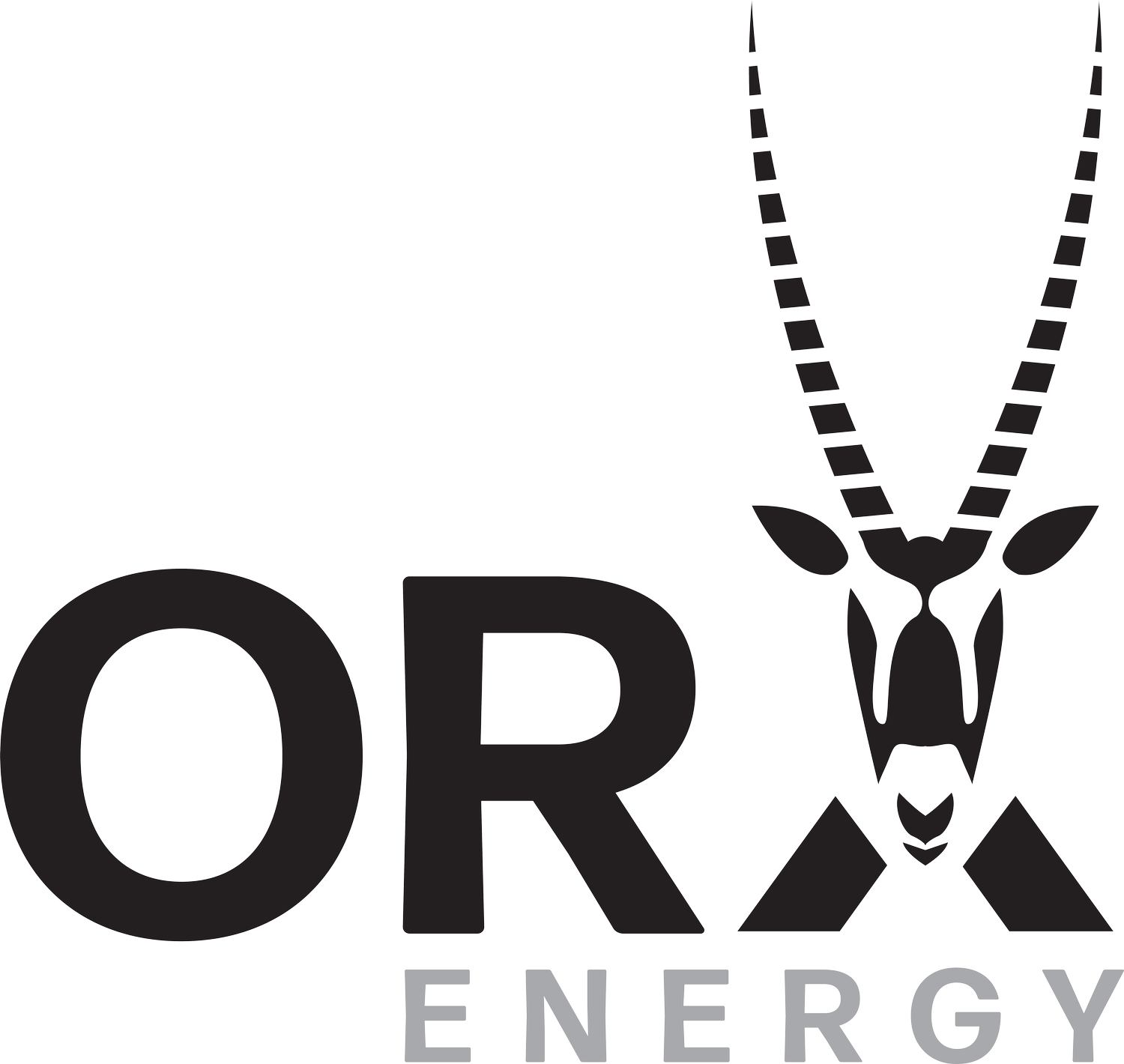
The Emerging Strain: How AI Data Centers Are Disrupting the Grid
As GPU-centric AI data centers proliferate, their dynamic power profiles increasingly challenge the capabilities of conventional utility grids. These facilities are characterized by rapid and unpredictable load variations, introducing high-frequency power swings that compromise grid stability and degrade power quality. Traditional grid infrastructure, originally designed for relatively steady and predictable loads, is ill-equipped to absorb these perturbations.
Deploying battery storage can mitigate such disturbances by absorbing transients, but the underlying power architecture is critical. Conventional AC systems typically incorporate centralized uninterruptible power supplies (UPS) that undergo a rectification-inversion cycle to support AC continuity. This inherently adds latency and reduces the system's responsiveness to abrupt load transitions. In contrast, a DC-based architecture eliminates synchronization constraints with the grid's 60 Hz frequency and phase tracking. By enabling faster response to transient events and reducing conversion inefficiencies, DC architectures present a compelling paradigm for AI workloads that exhibit fast load fluctuation characteristics.
Don’t let grid instability slow you down—contact us today to discover how adopting a DC-based architecture can optimize your AI data center’s power system, enhance performance, and reduce downtime. Stay ahead of the curve with the next-generation power solution for dynamic AI environments.
